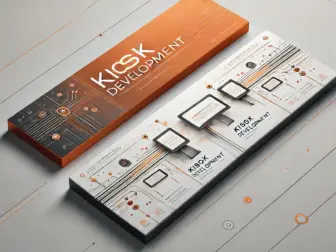Tag - development tools and frameworks
Exploring the Latest Development Tools and Frameworks for Streamlining Your Projects
In today’s fast-paced technological landscape, staying updated with the latest development tools and frameworks is crucial for keeping your projects efficient and competitive. From front-end to back-end development, there are a plethora of options available to choose from. Let’s explore some of the most popular and cutting-edge tools and frameworks that developers are using to streamline their workflows and create top-notch applications.
Starting with front-end development, one of the most widely used frameworks is React. Developed by Facebook, React is a JavaScript library for building dynamic user interfaces. Its component-based architecture allows developers to create reusable UI components, making it easier to maintain and scale complex applications. Another popular front-end framework is Vue.js, known for its simplicity and ease of integration with existing projects. Vue.js offers a robust ecosystem of tools and libraries, making it a favorite among developers for building interactive web applications.
On the back-end side, Node.js has gained immense popularity for its ability to build scalable and high-performance server-side applications. Node.js uses JavaScript as its programming language, allowing developers to use the same language for both client-side and server-side development. With a large community of developers and a vast ecosystem of modules, Node.js is a versatile tool for building APIs, real-time applications, and server-side rendering.
When it comes to database management, MongoDB is a leading NoSQL database that is widely used for its flexibility and scalability. MongoDB stores data in JSON-like documents, making it easy to work with and scale as your application grows. With features like sharding and replication, MongoDB is perfect for handling large volumes of data and ensuring high availability and performance.
For version control and collaboration, Git is the go-to tool for developers worldwide. Git allows multiple developers to work on the same project simultaneously, keeping track of changes and versions efficiently. With features like branching, merging, and pull requests, Git streamlines the development process and ensures code quality and consistency.
When it comes to automating tasks and workflows, tools like Webpack and Gulp are essential for optimizing front-end development. Webpack is a module bundler that helps manage dependencies and assets, while Gulp is a task runner that automates repetitive tasks like minification, concatenation, and image optimization. By using these tools, developers can save time and improve the performance of their web applications.
In conclusion, staying updated with the latest development tools and frameworks is essential for staying competitive in the fast-evolving tech industry. By exploring and adopting new tools like React, Node.js, MongoDB, Git, Webpack, and Gulp, developers can streamline their workflows, improve efficiency, and create top-notch applications that meet the demands of today’s users. So, keep exploring and experimenting with new tools to stay ahead of the curve in the dynamic world of software development.
